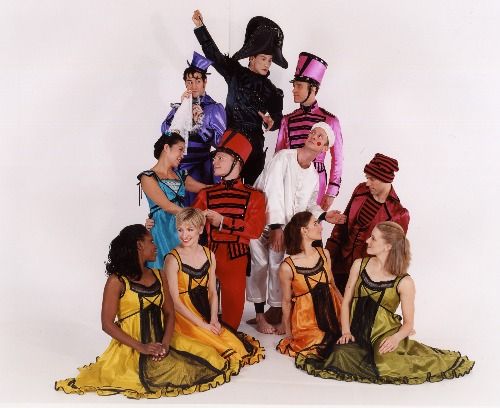The tragic irony that I tell about my mortal body reflects something of the approach I make to understanding the congregation. From neither body nor congregational habitation do I see miraculous escape, either by comic recognition that will give the church a special knowing at a higher level of development or by a romantic quest that turns the parish outward into God's undomesticated presence in the larger context. Rather, the setting of my story and the congregation's portrays my own body and that of the local church essentially in human terms, but my factual portrait of the world is darkly shaded by the tragic inevitability of God's inexorable plan. (From: Congregation: Stories and Structures , page 64)
Any reading of this book is inevitably coloured by knowing its author was dying. I first encountered it around 1994, at a conference about James Fowler's work on faith development. At the time the study of congregations was in its infancy and Hopewell's book was the seminal work. It is still in print and the study of congregations is still something of a Cinderella topic. It helps to know Hopewell identified four types of Christian: tragic, comic, romantic and ironic. Of course real congregations fall somewhere between these four.
A famous passage in the book describes how friends of each type approached Hopewell's cancer. I suspect most people are embarrassed by death but we all need to face its reality in the light of our belief in its defeat on the cross. So, how do we approach death: the death of distant people, of people who are close to us, our own death?


Comments